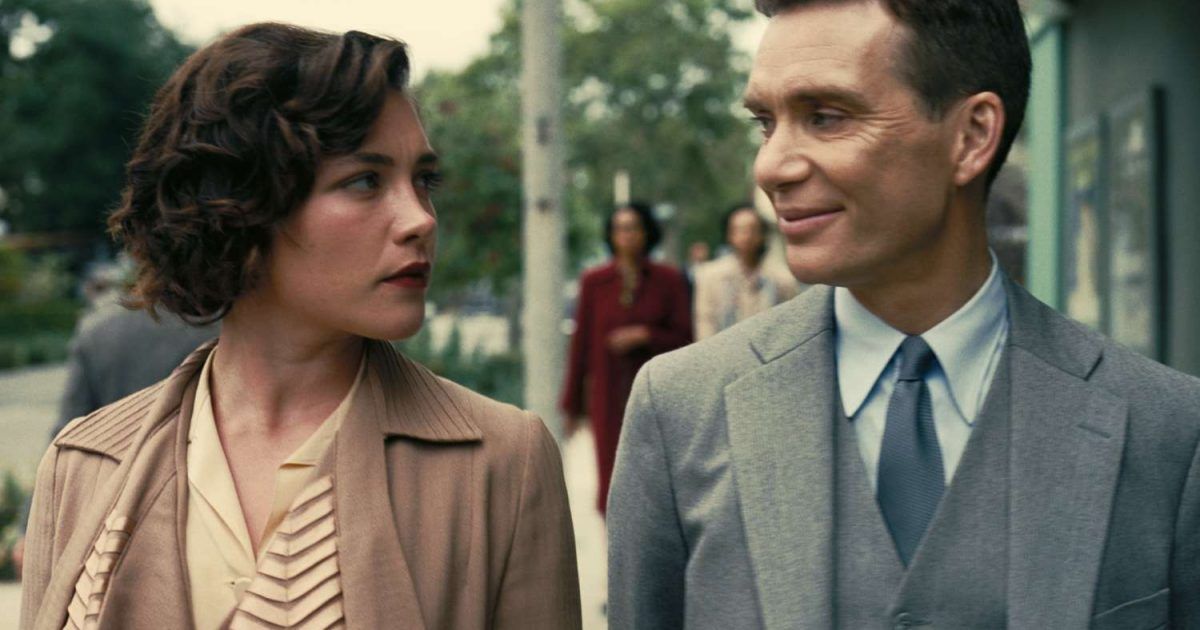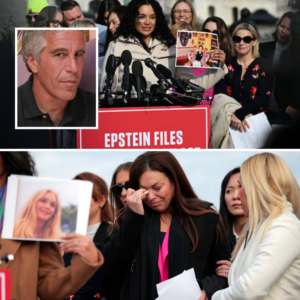Christopher Nolan utilizes his R-rating in Oppenheimer to fully explore the turbulent life of a complex man.

Oppenheimer, which is Nolan’s first R-rated film since 2002’s Insomnia, marks the first time that Nolan has made a film with scenes of nudity and sexual intercourse, as the sexuality of J. Robert Oppenheimer plays an important role in the film in terms of understanding the emotional state that Oppenheimer brought to the creation of the world’s first atomic bomb.
The inclusion in Oppenheimer establishes a theme of intimacy that runs throughout the film, with Oppenheimer’s affair with mistress Jean Tatlock and the continual government surveillance that accompanied this relationship, the meticulous development of the atomic bomb, and the ruthless political and public scrutinizing that resulted in the end of Oppenheimer’s career and much of his future happiness.
Moreover, the fiery passion of Oppenheimer’s relationship with Tatlock serves as a clear juxtaposition to Oppenheimer’s own passionate relationship with the atomic bomb, especially in terms of the destructive outcome.
The Destroyer of Worlds

The first sex scene in Oppenheimer takes place between J. Robert Oppenheimer, played by Cillian Murphy, and later mistress Jean Tatlock, played by Florence Pugh, in 1936, when Oppenheimer was a physics professor at Berkeley and Tatlock, a communist party member and later psychiatrist, was a graduate student at Stanford. The sex scene begins shortly after their flirtatious first meeting, which takes place at a communist party gathering.
In the midst of this sex scene, Tatlock halts the sexual activity when a book on Oppenheimer’s bookshelf catches her attention. The book is Bhagavad Gita, a 700-verse Hindu scripture, and as Tatlock removes the book from the shelf and then insists that Oppenheimer read from it, the scene sets the stage for the film to introduce the most consequential quote of Oppenheimer’s life: “Now I am become Death, the destroyer of worlds.”
This scene has lasting implications throughout the rest of the film, as Oppenheimer’s deepening understanding of the meaning behind the quote foreshadows Oppenheimer’s eventual opposition to the existence of nuclear weapons, as evidenced by his appearance in the 1965 television documentary The Decision to Drop the Bomb, in which a frail Oppenheimer utters the quote in explaining, if not apologizing for, his role in the creation of the atomic bomb.
Nolan felt that the inclusion of sex scenes in Oppenheimer was essential to understanding J. Robert Oppenheimer, specifically in terms of establishing how Oppenheimer’s doomed relationship with Tatlock transcended Oppenheimer’s career and later life. Of the decision to include nudity and sex in the film, Nolan said:
“It felt very important to understand their relationship and to really see inside it and understand what made it tick without being coy or allusive about it—to try to be intimate, to try and be in there with him and fully understand the relationship that was so important to him.”
A Tragic Love Triangle

While Jean Tatlock died by suicide in 1944, and while the character virtually disappears from Oppenheimer following J. Robert Oppenheimer and Tatlock’s final clandestine rendezvous in June 1943, Christopher Nolan nonetheless has Tatlock reappear, in surrealistic form, for the purpose of showing both the anger and jealousy that Oppenheimer’s wife, Katherine “Kitty” Oppenheimer, played by Emily Blunt, harbored over this affair and the degree to which Tatlock haunted Oppenheimer’s thoughts throughout the rest of his life.
Tatlock’s reappearance in Oppenheimer, following her death, happens in a scene from Oppenheimer’s famed 1954 security clearance hearing, in which Oppenheimer was relentlessly grilled by grandstanding politicians over his perceived communist allegiances for the singular purpose of trying to establish that Oppenheimer could no longer be trusted with a high-level security clearance.
As Kitty watches Oppenheimer being interrogated during the hearing, which resulted in Oppenheimer’s security clearance being revoked, Kitty envisions Oppenheimer and Tatlock, both of whom are naked, having sex in the hearing room, with Tadlock straddling Oppenheimer while Oppenheimer fields questions from the politicians. As the imagined Tatlock gyrates on top of Oppenheimer, Tatlock looks over at Kitty, who starts to cry.
Moreover, as Oppenheimer, in the hearing, is forced to describe, in front of Kitty, the most intimate details of his relationship with Tatlock, the inclusion of this surrealistic sex scene graphically illustrates how Oppenheimer’s life was ripped open, figuratively speaking, for all the rest of the world to see.
Oppenheimer: An Intimate Portrait

If Christopher Nolan had excluded the most intimate aspects of J. Robert Oppenheimer’s life from Oppenheimer and instead focused primarily on the dramatic and thriller elements behind the creation and execution of the atomic bomb, Oppenheimer would certainly exist as both a compelling drama and a superior thriller, given the fascinating subject and Nolan’s stellar history.
However, Nolan’s film wants to shake the viewer, so to speak, in more ways than one, specifically in terms of how the personal cost to Oppenheimer of creating the atomic bomb mirrored the enduring cost to the rest of the world. Of the film’s emotional impact, Nolan said:
“Some people leave the movie absolutely devastated. They can’t speak. There’s an element of fear that’s there in the history and underpinnings. The love of the characters, the love of the relationships, is as strong as I’ve ever done. Oppenheimer’s story is all impossible questions. There are no easy answers in his story.”
Ultimately, by featuring nudity and sex in Oppenheimer, Nolan is able to show how the ethical and moral dilemmas that Oppenheimer confronted in his personal life mirrored his festering guilt over his role in the creation of the atomic bomb. Moreover, it is a testament to Oppenheimer that the film would be interesting if it had only focused on Oppenheimer, and his adventurous personal life, even if Oppenheimer had never joined the Manhattan Project and created the atomic bomb.




